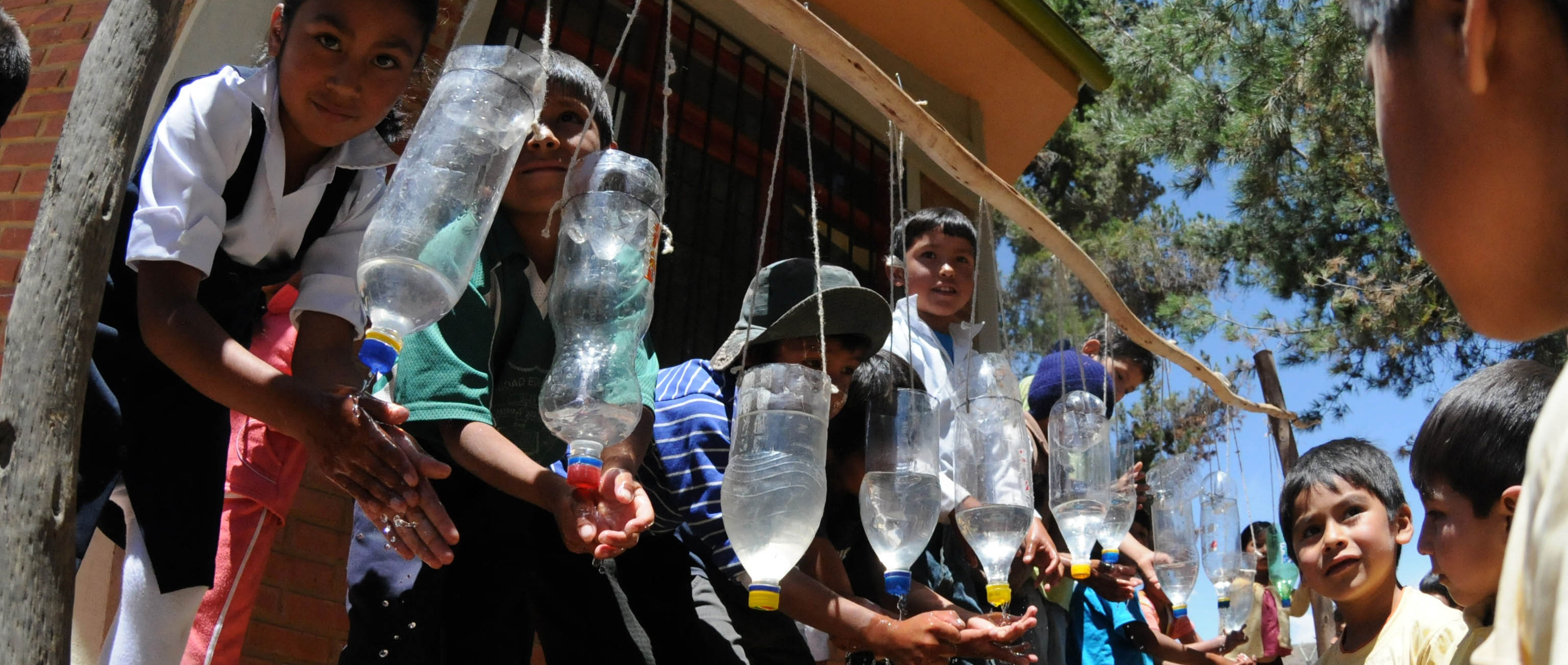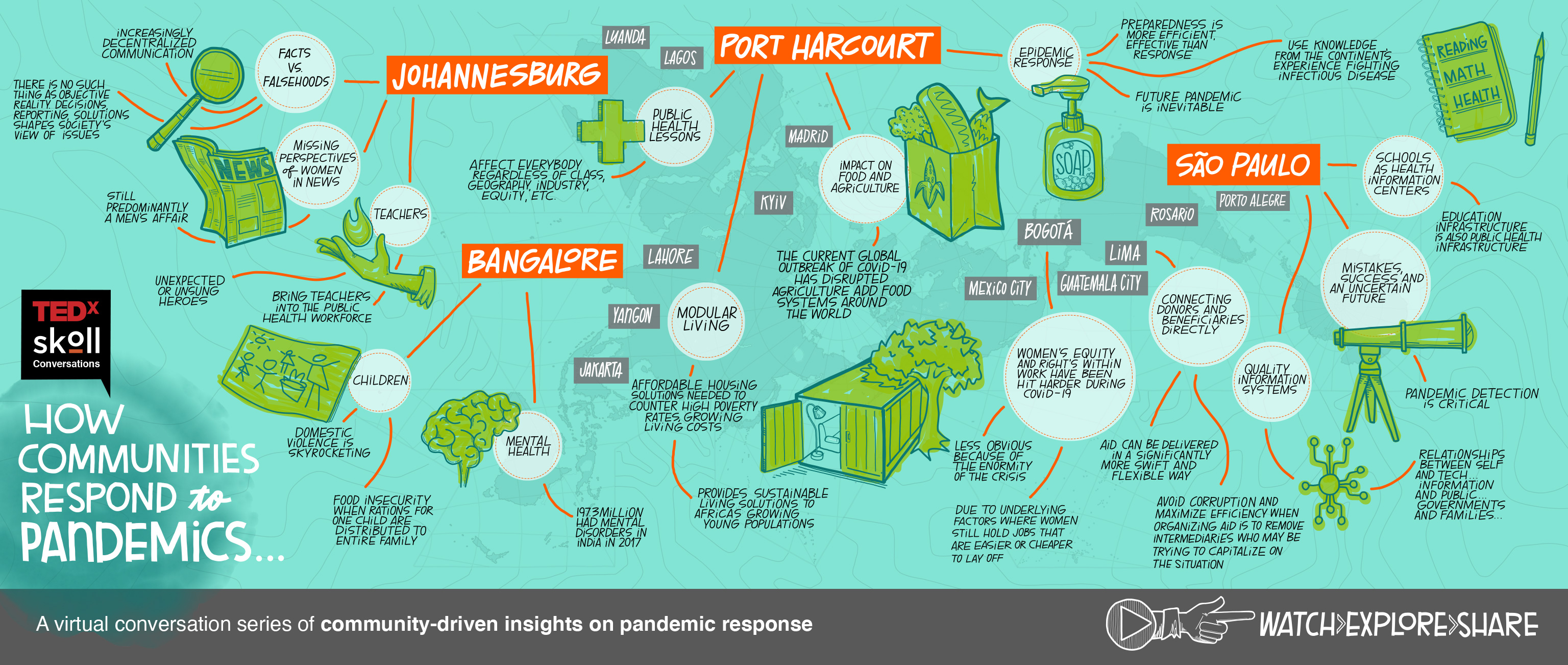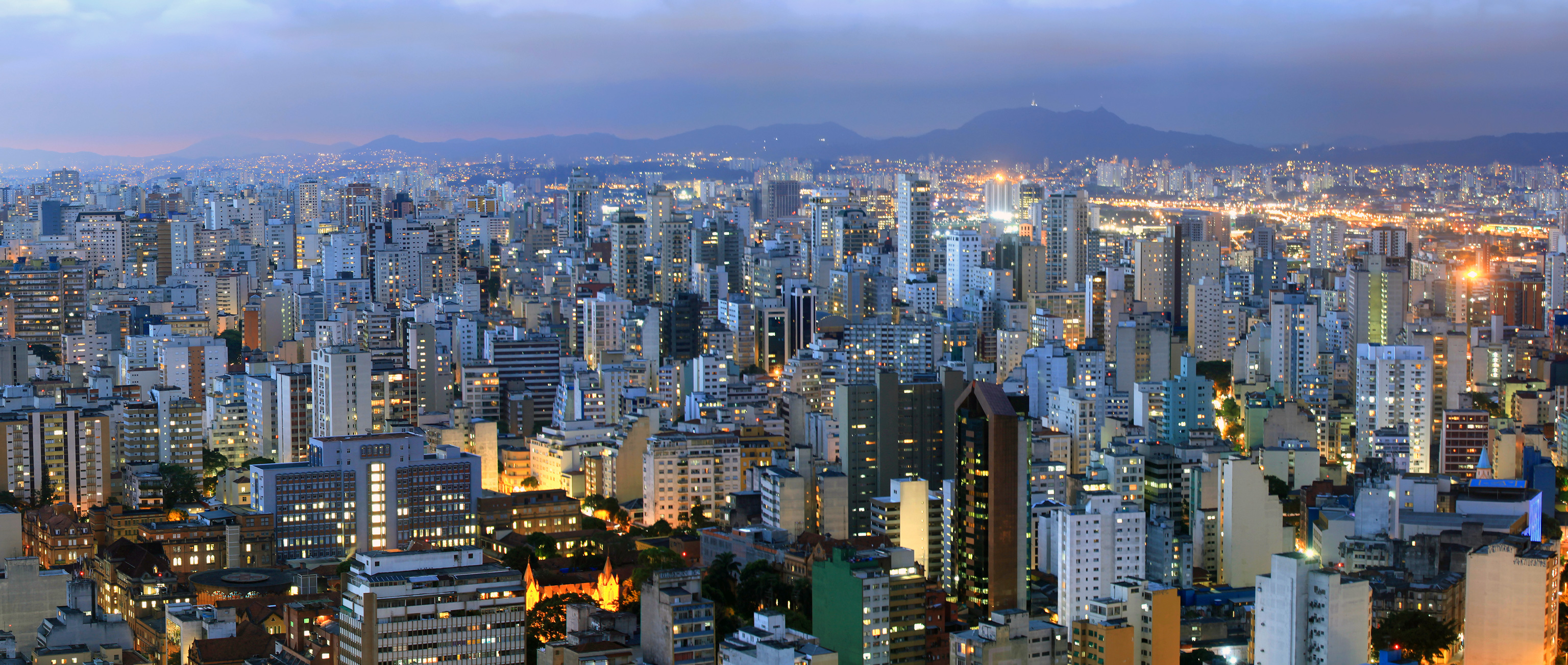In honor of World Water Week: a look at water and sanitation and the Sustainable Development Goals (SDGs). This article was originally posted in September, 2015.
The world achieved the Millennium Development Goal (MDG) of halving the proportion of the population without sustainable access to safe drinking water in 2010 – ahead of schedule. But progress towards sanitation goals lags far behind, with 2.5 billion people still lacking access to improved sanitation.
Many factors contribute to this gap:
- Unrealized demand: Most people understand the importance of clean water for well-being, but there is often a lack of understanding about why sanitation services, too, are essential for good health.
- Behavior change is hard: It takes effort and resources to help people not accustomed to using toilets or washing their hands to transition to new systems and practices.
- Sanitation systems are complex: Effective sanitation services require coordination between actors at different stages, from developing customer demand, to delivering services, to removing the waste.
The Sustainable Development Goals (SDGs), set to be finalized this month, are expected to include universal access to clean water and sanitation by 2030. That is an ambitious goal, and if the world is to meet it, it has some significant catching up to do on sanitation.
Momentum is building, led in particular by the Clean India campaign’s pledge that everyone in that country will have access to a toilet by 2019.
This is an enormous undertaking. Though thousands of toilets have been built as a part of the campaign, a number of early reports mention difficulties with getting people to use them. The city of Ahmedabad is even implementing a one-rupee reward for residents who use public toilets.
The funding landscape has presented challenges as well. More funding is consistently directed toward water provision, despite the fact that the needs are greater in sanitation.
The goal of reaching universal sanitation access seems daunting, especially considering that the world did not meet the less ambitious MDG of halving the proportion of the world lacking access to improved sanitation services.
Given that sanitation has much further to go but still garners less attention and funding than clean water, how can the WASH sector accelerate to achieve universal sanitation access by 2030? What low-cost models should be embraced, and by whom?
At the Skoll Foundation, we’ve seen convincing evidence of social entrepreneurs making a difference in the lives of those who are under-served by existing sanitation systems:
- They help develop community-led solutions, engaging with local governments and service providers to understand the business case for extending coverage to the poor.
- They mobilize capital from the investment community to increase financing for services.
- They monitor the solutions that have been put into place to track the durability of their interventions.
- They empower local entrepreneurs and community groups to manage and maintain the systems that have been put in place.
This series features some of these approaches, as well as the perspectives of some of the leading organizations in the sector on how to achieve universal access to sanitation by 2030.
As we hear from these leaders, we start to get a clearer picture of what viable solutions might look like:
- Joe Madiath, Executive Director of Gram Vikas, wants us to remember that sanitation solutions must be grounded in the dignity of the users, especially women. “The poor should not be humiliated by their sanitation facilities,” he argues.
- Slum Dwellers International offers the experience of their alliances in 34 countries around the world. Community involvement, they believe, “is essential and non-negotiable.” Sanitation can improve only when the affected communities refuse to accept the status quo and innovate to change their situation.
- IRC CEO Patrick Moriarty frames the relationship between private and public sector approaches. Of course we need social entrepreneurs and the innovation they bring, he argues, but if we want to achieve universal access to sanitation we also need government leadership and public money. The marginal costs of extending coverage to everyone are just too high.
- So how should entrepreneurs approach sanitation? Eleanor Allen, CEO of Water for People, explains the sanitation as a business (SAAB) model. Scaling up requires partnerships that create “uniformity across sustainable low-cost sanitation models, access to financing, and data collection and sharing for learning and continuous improvement.”
- Neil Jeffrey (CEO) and Georges Mikhael (Head of Sanitation) at Water & Sanitation for the Urban Poor offer a specific set of policy prescriptions that they believe will fix the market for sanitation services and enable universal access. Countries need to level the legal and regulatory playing field to enable entrepreneurs to do business; break through market barriers like over-complicated business registration processes; and do more to kick-start the market.
- At Water.org, CEO Gary White stresses the powerful role that microfinance can play in increasing access to sanitation. To date, its WaterCredit program has reached 2.6 million people in 10 countries, providing users with small loans to purchase toilets.
- Wash Advocates CEO John Oldfield sounds a hopeful and ambitious note, reporting on a recent conference in India where the leaders of 25 Indian states announced that they aimed to end open defecation and provide universal sanitation well ahead of Prime Minister Narendra Modi’s already-ambitious 2019 target.
Getting to universal coverage by 2030 will be no easy task, but by drawing on their decades of experience in the struggle for sanitation, these social entrepreneurs offer us a vision and a way forward.



